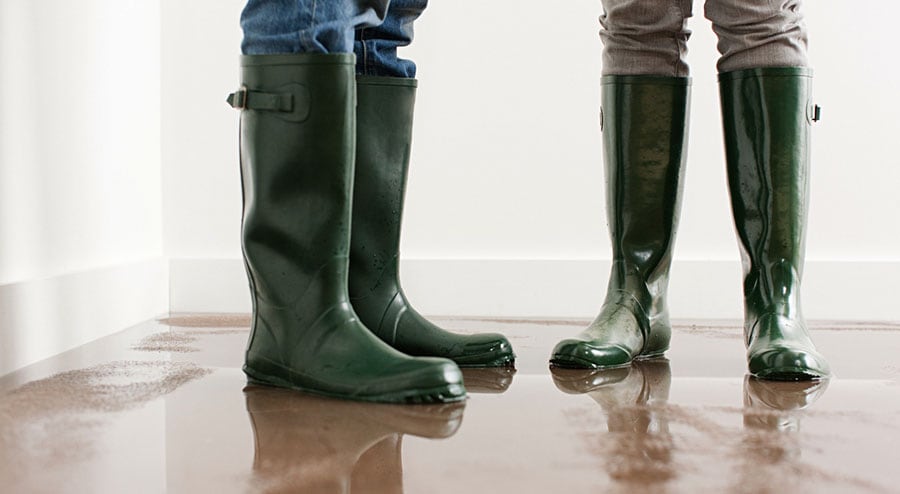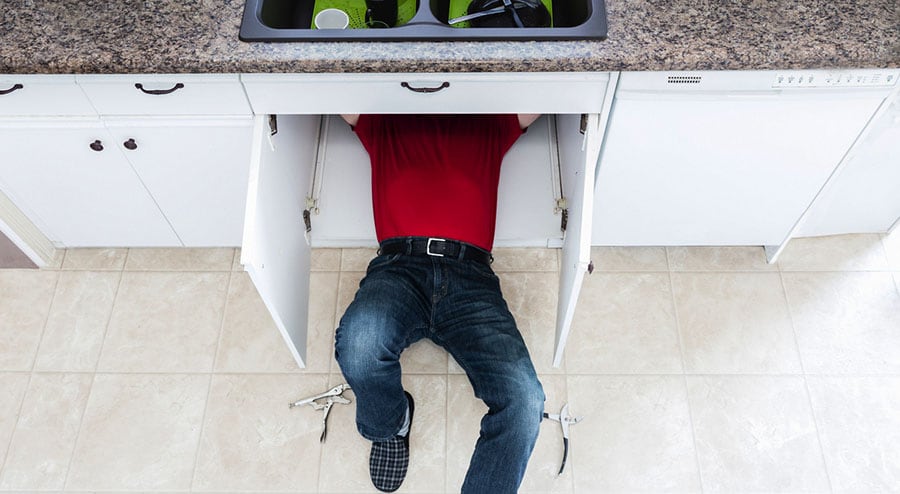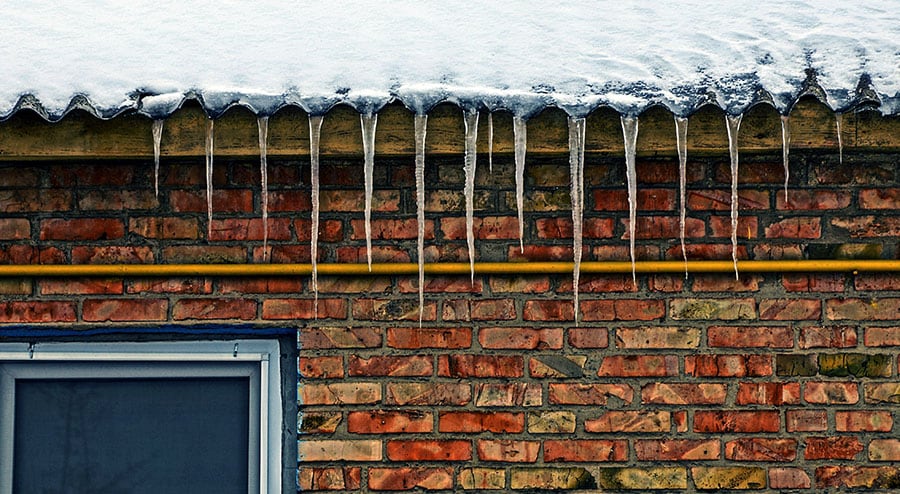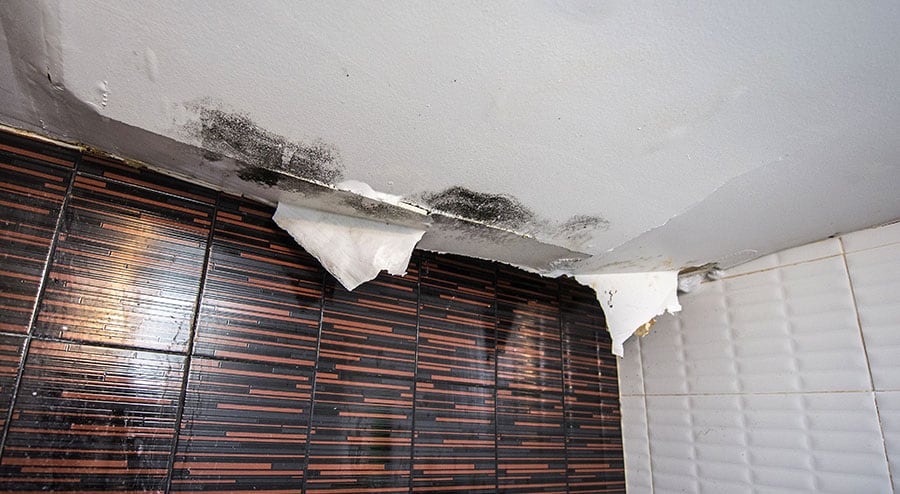So, you wake up and realize that your basement is flooded with water. The basement floor is soaking, the foundation walls are sodden, and even the crawl space is submerged. So, what do you do now to minimize water damage, why has it happened, and what will it cost?
In terms of insurance claims, basement water damage through a water problem or significant flooding is the leading cause of insurance claims in America, with insurers paying out billions every year. Individual claims can range from $10,000 up to $50,000 depending on the severity of the flood and the action needing to be taken.
In this quick guide, we will look at why you even get a wet basement floor, what you can do to prevent it happening and what to do when you have discovered a flood.
Why Has My Basement Flooded?

Regardless of whether or not you live near a river or a floodplain, the simple fact is that all basements have a tendency to flood. Water runs from high ground downwards meaning that under certain conditions your basement is a potential swimming pool waiting to happen.
Often, it can just be heavy rainfall occurring quickly that can saturate the ground near the basement and with an overloaded waterproof system, the water can then push through cracks in your homes’ foundations.
Your basement should be adequately waterproofed by a professional that uses a sealant made from tar. It should also have a “weeping tile” to direct water to a nearby sewer system and away from your basement.
Another factor that can make your home susceptible to floods is the gradient of your lawn. All lawns should be on an incline allowing rainwater to flow away from your home. If your lawn slopes toward your home and water pools near the home’s foundations, then you are likely to have problems in the future.
Most homes are connected to a sewer backup which is beneath the basement and allows water to drain into the sewer. However, if these become broken or blocked for any reason then once the waterline increases to a level higher than the basement then water will flood your home.
If you live in an area where homes have been built on marshland then a flood can occur when a sump pump fails. Sump pumps work by pumping out water and are mechanisms that are drilled into the floor. A backup pump is recommended should the original pump fail.
Act Fast!

In order to keep financial damage to a minimum, you need to take quick action. The longer the water is there the more likely you are to face mold issues. Follow these steps to keep the repair costs down.
#1 Turn Off The Power
If your circuit breaker is not located in the basement then you will need to shut off the power in your home to make sure that electrical appliances do not become dangerous from water contact. Many circuit breakers are located in an outside fuse box or garage.
#2 Remove Items
First of all, remove any stored and damaged items. Items such as clothing should be washed and left to dry out. If upholstered items do not dry within 2 days, then these items should be destroyed as they will start to mold. Make a note of these items and take photos to make an insurance claim.
Make sure all electrical items have been moved out of harm’s way.
#3 Remove The Water
Now it is time to deal with the water. If your basement has flooded, your sump pump may have failed so investing in a new one to drain the water may be the way forward. Use a pump for larger quantities of water. For lower water levels when the pump won’t work, you can use a vacuum with a portable extraction unit.
You can easily rent a unit from a local store or buy a wet and dry vacuum. Either method is fine but an extraction unit is the better option. The unit will probably hold more water than a vacuum and will drain into a container or toilet so that you don’t need to empty it manually.
Pumps and vacuums won’t remove all the water and you will need to use a mop and old towels to remove the remaining water. Speed is the key here, as mold will grow quickly in a damp environment and repair costs will escalate. You can assess the extent of how much water has migrated into your basement by using a moisture meter. These can be purchased inexpensively from stores such as Home Depot and are similar to what professionals use.
#4 Carpet
Now that you have removed damp objects and the water you will need to remove any carpet and padding. Very occasionally the carpet can be saved but, for the most part, it is not salvageable and will put your home at risk of damage from mold. While your carpet may dry in a few days, the padding will likely remain damp so it is best to remove both.
Use some needle nose pliers to take up the carpet and padding. Go to the corner of the room and use the pliers to pull up the carpet and remove the carpet and the padding. Do this from each corner of the room until all the carpet and padding can be removed easily.
#5 Dry The Area
Simply removing wet items and mopping won’t dry your home adequately. You need to create an artificially dry environment to dry your basement as quickly and effectively as possible. You can use a dehumidifier to remove the excess moisture from your basement. You can also rent industrial fans known as air movers to help your basement dry faster and keep mold at bay.
These specialized fans take moisture from the walls, floors and framing and into the atmosphere. The dehumidifiers work by condensing and collecting the water.
You need to get the balance right to avoid secondary damage. Make sure the dehumidifier you are using is capable of dealing with the water the air movers extract. If there is low humidity then open all your windows and let nature help out with the drying process.
#6 Prevent Mold
Mold is not just a problem in terms of damage to your home and belongings. It poses a significant health risk to you and your family. Take steps to prevent this by washing down the walls with disinfectant. A good option is to buy Pine Oil and Clorox Bleach. Check out the dilution rate for the bleach and proceed by using a pump spray to apply the solution to all the flooring and walls up to and including where the moisture meter registers it is wet.
You can use the Pine Oil disinfectant on all non-porous household items to prevent damage from mould. It is possible to buy specialist disinfectants for the purpose of dealing with water damage which can be used on all surfaces.
You can use also use a HEPA air purifier that will filter out mold spores and other allergens. Check the basement daily after flooding and if you see any signs of mold reapply the disinfectant.
Contact Your Insurer

You should contact your insurer as soon as possible in the event of a flooded basement. Not every home insurance policy covers flood damage so check you are covered. Unfortunately, some insurers view floods legally speaking as an “Act of God” and consequently omit coverage for floods.
Assuming you are covered, the insurance company will send out a loss adjuster to assess the value of your claim. An insurer should cover the cost of professional services that can remove water and deal with any mold and foundation issues. It is likely that the insurer will have a preferred supplier of these services but it is up to you if you would like an alternative professional to help you restore the damage.
Bear in mind that the insurer may stipulate how much they are willing to pay to cover that service so make sure that any private contractor you may use is within the allowed budget set by your insurer. As long as your insurer covers all flood damage then you will need to make a list of all destroyed and water-damaged items. If you have kept receipts for items then this can strengthen your claim and make it quicker to process.
Preventing Another Flood

After the damage has been dealt with, you will no doubt not want a repeat disaster, so what went wrong? Calling in a professional to deal with the damage should alert you to the specific cause of the flood. Did the sump pump fail and does it need replacing? It could be that the problem is more serious and there are cracks in the foundation. Perhaps the landscaping in your garden is the cause of water running into the basement during heavy rain. Whatever the underlying cause of the problem, address it to prevent the problem happening again.
If you live in an area that is prone to flooding due to weather beyond your control then the best you can do is to have an action plan for emergencies.
Have phone numbers to hand of your insurers and your local waterproofing contractor or professional basement waterproofing company that can help and keep valuables out of the basement if at all possible.
If in doubt or the damage is severe and you want peace of mind that your basement is dried out effectively, contact a local trusted company to get the job done by certified experts.
Thanks for reading and we hope you found the guide helpful. Good Luck with drying your house’s flooded basement and preventing water problems to put a stop to a wet basement and soaking foundation walls.




